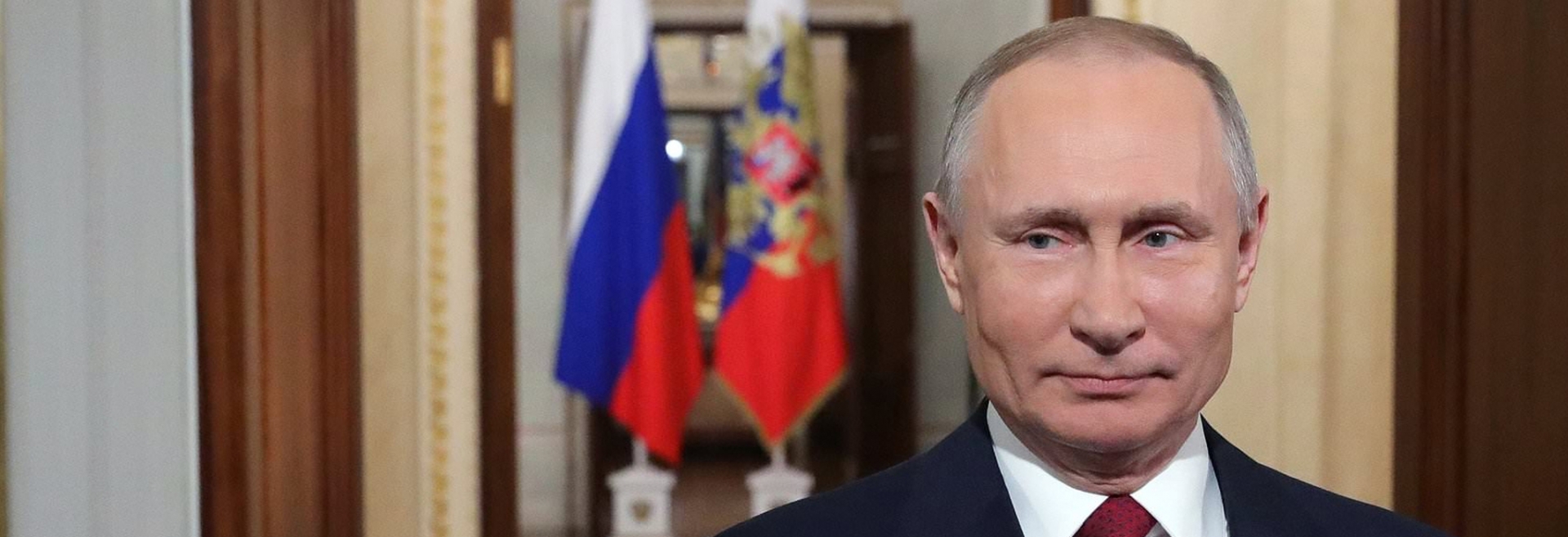Oil price war complicates Russian political plans
Ever since Vladimir Putin launched a constitutional shake-up two months ago, its real purpose has seemed clear: to prepare the way for him to remain Russia’s true leader after his current, fourth, presidential term ends in 2024. The only surprise is the brazenness of the mechanism finally chosen. Instead of switching to a different role but ruling as a “father of the nation” figure, as widely mooted, Mr Putin seems set simply to stay on as president. A constitutional amendment rushed through last week will in future limit any president to two six-year terms. But it will “reset the clock”, allowing Mr Putin to stand again four years from now, and potentially rule until 2036.
The bigger surprise has been Mr Putin’s gamble to withdraw from a three-year pact with Opec to manage crude production after the cartel demanded further cuts to offset demand falls caused by coronavirus. Saudi Arabia responded by launching a bitter oil price war. Whether or not this was quite what Moscow intended, an extended period of low prices could fulfil Russia’s aim of driving some US shale oil production out of the market. But it could also complicate life for the Russian president.
The Kremlin and oil group Rosneft — led by Igor Sechin, Mr Putin’s former right-hand man — have been chafing against the so-called Opec+ agreement for some time. Limiting production helped to support prices, reaping decent profits for Russia and Opec members. But it also allowed higher-cost US shale producers to grab market share. Since Russia was achieving its cuts in part by delaying new projects, it was missing out on the associated boosts to other parts of the economy. Moscow has also been irked by US sanctions on the Nord Stream 2 gas pipeline project, and on Rosneft over its co-operation with Venezuela.
Moscow can probably withstand a price war long enough to do some damage to US shale. Its international reserves of $570bn far exceed their level of $350bn when oil prices last plunged five years ago. Partly thanks to the Opec+ pact, Russia has been running budget surpluses and funnelling oil revenues above $42 a barrel into a rainy-day National Wealth Fund now worth $150bn. The finance ministry says that is enough to cover budget shortfalls with oil prices at $25-$30 a barrel for six to 10 years. A fall in the now floating rouble, which has slid from 67 to the dollar last week to a four-year low of 72, will reduce the budget break-even price below $42.
But further rouble devaluation will not go unnoticed among Russians. It will push up prices of imported goods, hitting real household incomes which only recently started to recover after six years of decline. Inflationary pressures could force the central bank to start raising rates, damping sorely-needed investment. A risk scenario published by the central bank last September warned a drop in oil prices to $25 would tip Russia into recession.
Even if that is avoided, low oil prices, on top of the impact of coronavirus, will make it more difficult to deliver on Mr Putin’s promises to rekindle stalled growth through “national projects” involving heavy public spending. Blaming the virus outbreak and the Saudis may not satisfy Russians. Citizens are divided over whether Mr Putin should extend his term, a recent poll showed, but they are tiring of foreign policy adventures and crave better services and living standards. Russia may be better placed than Saudi Arabia and US shale operators to weather a price war. But this is a tricky balancing act for a 67-year-old president trying to get citizens comfortable with the idea that he may be in charge until he is at least 83.



